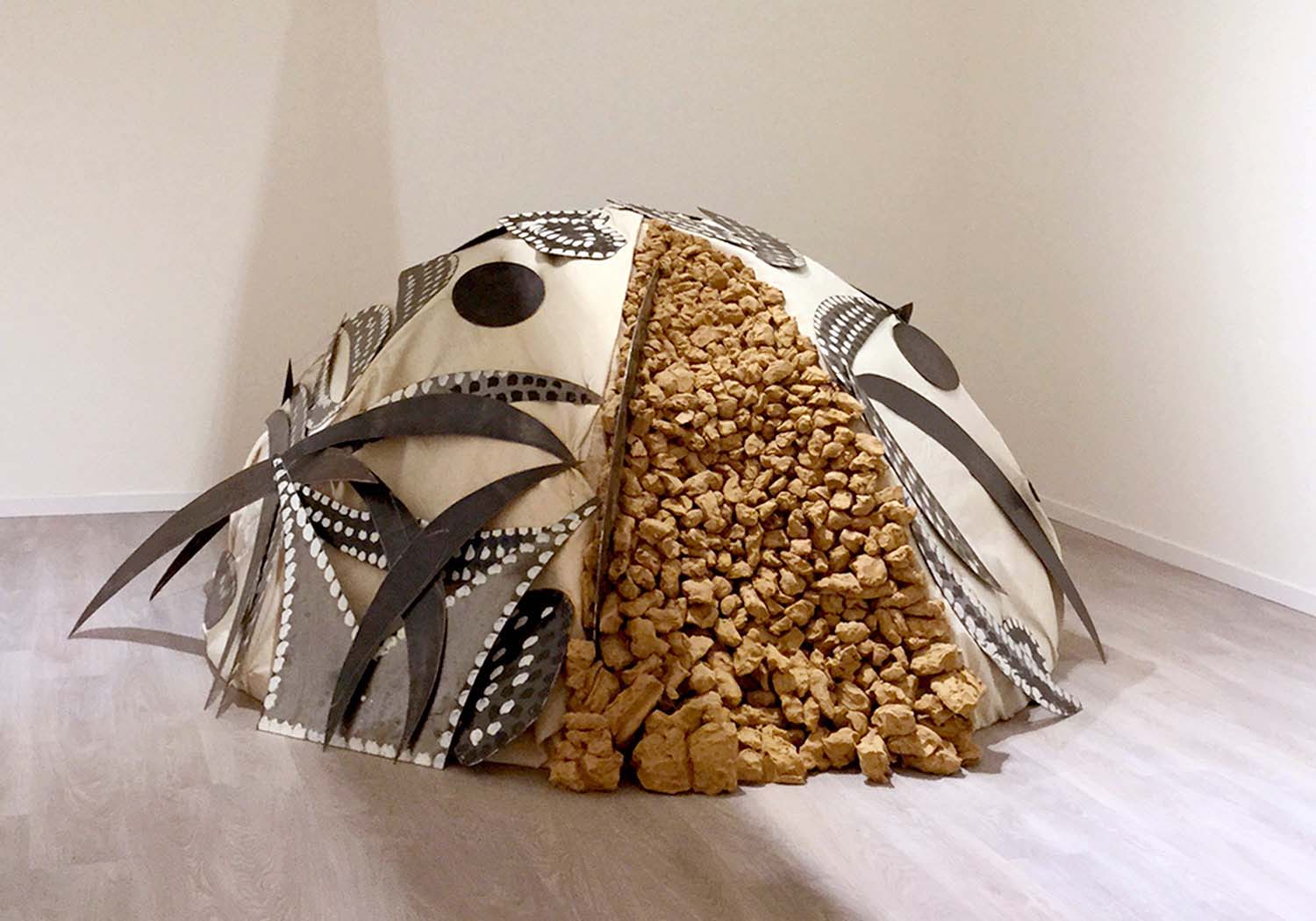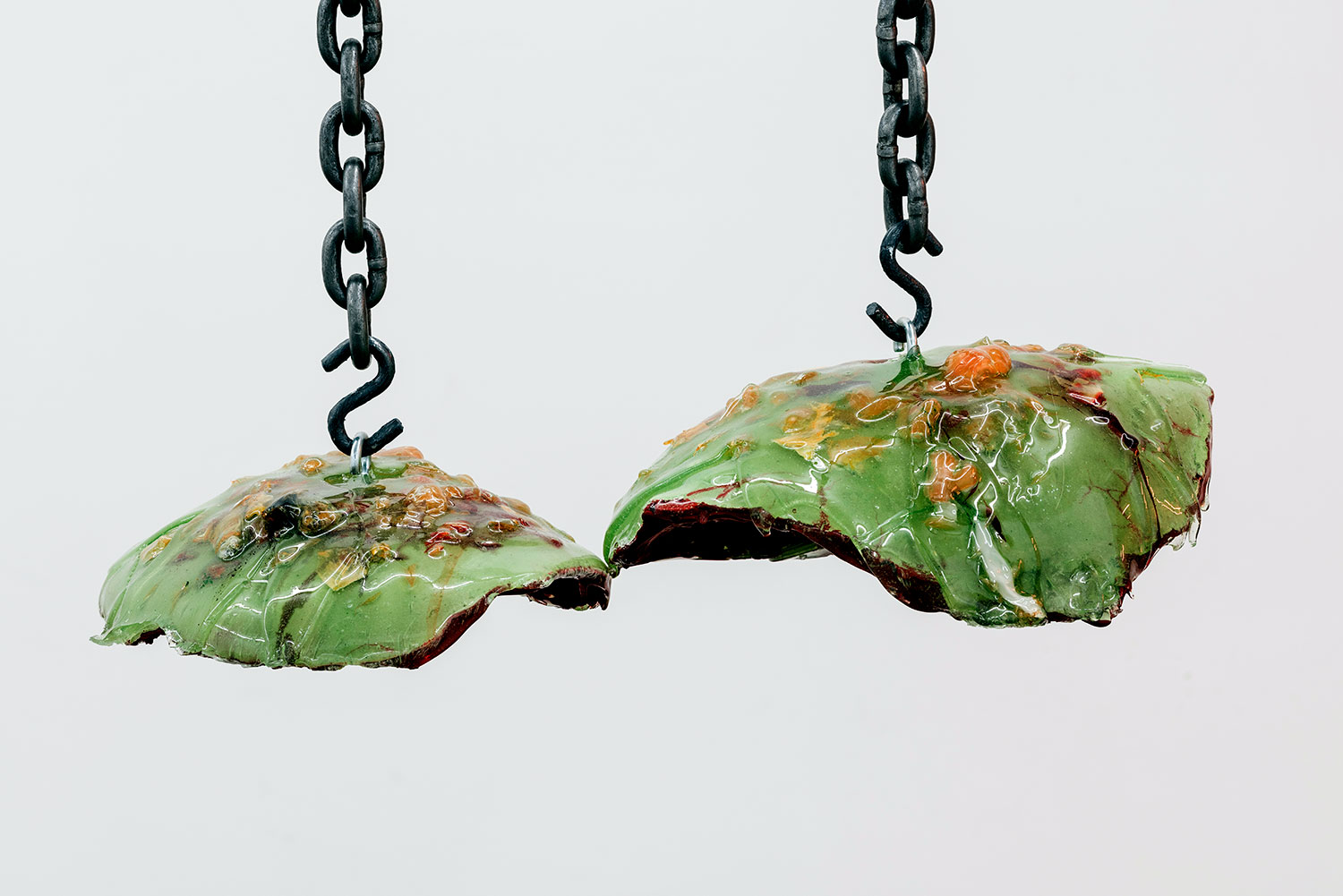Imago ArtGallery was set up in London in 2007 — a project and concept lead by Daniele Pescali, together with his wife Elisabetta. The gallery is located at no.4 Clifford Street and aims to be an international point of reference for Italian art in a city that for many years has been an intersection for artistic activity from around the world. Flash Art spoke to Daniele Pescali to find out more about the gallery’s function…
Flash Art: How would you characterize your focus and exhibition program?
Daniele Pescali: ImagoArtGallery proposes to acquaint London with Italian art and strives become the most important international reference point for Italian art. In order to achieve this objective, the gallery will introduce an immense exhibition of the most important works by great Italian masters from Futurismo, including works from the present day by some talented young artists.
FA: Can you tell us why you chose London to launch the gallery?
DP: We chose to open ImagoArtGallery in London because we think it is the international city of modern and contemporary art, multiethnic and of global importance. In other words, London is a crossroads and a privileged city open to the new tendencies.
FA: How would you describe the international reception of Italian art at the moment?
DP: In this moment of deep crisis, Italian art is perhaps resisting and will continue to strengthen. On the international scale, Italian art is well appreciated, maybe feeding also from the events surrounding the centenary of Futurismo, and auctions where the Italian art is always very well represented.
FA: Your gallery represents some of the Italian modern greats — how do you go
about selecting contemporary artists for your program?
DP: In terms of the younger artists we represent, we search for innovation, technique and quality; we believe these are the fundamental characteristics in order to recognize talented young people for the future.
FA: Which countries tend to be your biggest clients and are following the Italian scene the most?
DP: By now, Italian art is recognized and appreciated all over the world and therefore today, more than before, it is difficult to draft a classification to indicate the client countries and those who hold Italian art in great esteem. In the past the great lovers of Fontana were Belgian, Japanese and German. With globalization, Italian art is bought all over the world.



